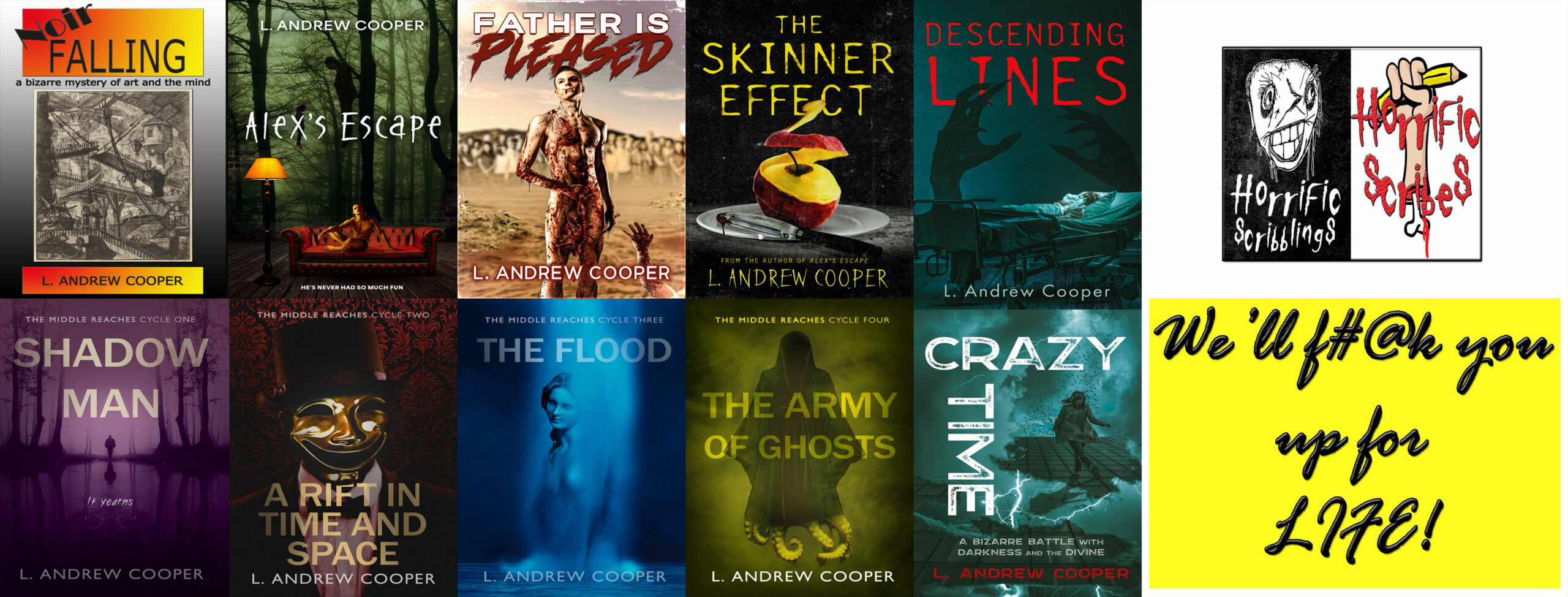My partner and I have a longstanding theory about the relationship between certain towns and the Powers Controlling Weather. The towns make bargains–trade safety against blizzards, fires, tornadoes, and the like–to guarantee one weekend’s weather per year will have soulsucking beauty of a sort that inspires immediate relocations. Harvard and the city of Cambridge, MA team up for atmospheric perfection during the April Pre-Frosh visit, when students sought by the best schools in the country get their first of many experiences being wooed by the already-privileged. Pasadena, CA ensures that the New Year’s Rose Bowl Parade will show its world of visitors that yes indeed, southern California is the only place worth being in the dead of winter. And Louisville, KY is in hock to somebody for having just had another utterly gorgeous weekend, well-timed rain included, for the St. James Art Fair, Oct. 5 -7, 2012. The event happened mere steps from both my front and back doors. I survived the weekend eating cinnamon-sugary nuts and glistening “butterfly” fries (basically homemade potato chips… last reference to potatoes for awhile, I promise).
Other than calories, the spoils include the five six-foot rugs now lining our apartment’s hallway, which would be long enough to merit a reference to House of Leaves if I had actually read it. The rugs are made out of men’s old socks. There’s something to be said about the fibers beneath my feet having tales to tell, tales of toes, of calluses, and of the unspeakable corners of far-traveling shoes.
There’s even more to be said about the prints we’ve picked up from Andy Van Schyndle, a.k.a. Wagalabagala. Mr. Van Schyndle has earned my closest attention and highest praise for both of the two years we’ve attended St. James. He also has the honor of being the St. James Fair artist on whom we’ve spent the most money, with a total of eight Van Schyndle prints now in our collection. Because his website reminds me of some but not all the works’ titles, I can tell you that from last year, we have “Forest Encounter II,” “Forest Encounter III,” “Where the Cows Go,” and the one with all the barnyard animals getting together to watch a movie that evokes Roger Corman’s Attack of the Crab Monsters (1957–an allusion Van Schyndle says was not deliberate). As soon as I get frames, four more will join the wall collection: “Light My Way Home Little Acorn Lantern,” “Gateway,” “In the Gorge of the Giants,” and Van Schyndle’s latest, “PuppetTree.”
“Forest Encounter III” got me first. At center, a boy and girl sit with old-fashioned joysticks, transfixed by the glowing space invaders on the tiny screen before them. Surrounding them, trees and blackness loom, concealing myriad eyes watching the children, who are themselves invaders in this dark, secret locale.I’ve already described the one whose title I don’t know, but I neglected to mention that robots and animals seem to enjoy the sci-fi B-movie equally as they perch among the drive-in’s automobiles. Whether it’s a puppet show staged in a tree (“PuppetTree”) or a telescope poised to plumb night’s depths (“Gateway”), each of these paintings situates technological media and performance in a fantastic setting. “Forest Encounter III” made me realize that alone, in the night, in the woods is the best way to experience classic Atari games. It’s a condition of childhood wonder. Instead of media squashing the imagination, as the pundits would have us believe, the imagination absorbs the media, folding them into a dreamscape made richer and truer to our lives by the inclusion of the tools we use, artistic and otherwise, to extend our experiences.
If you haven’t already, now would be a good time to look at Van Schyndle’s site.
When I look at the majority of those paintings, I see several feats that border on the miraculous. First is the use of color, particularly primaries. In “In the Gorge of the Giants,” it’s the red-orange sunset in the background, dazzling night coming to the already-cloaked, animistic Japanese village. In “PuppetTree,” perhaps most spectacularly, it’s the glowing purple, red, and yellow-green lanterns that make the bark-framed puppet show visible to the child and animal onlookers. In “Light My Way Home Little Acorn Lantern,” the narrow shafts of blue and red light on a windmill look like an omnipotent future at the outskirts of a tree-city’s omniscient past. At first glance, any of these paintings might look like a nightmare, with animals and small children dwarfed by strange creatures and living landscapes that could swallow them. But these flashes of amazing color carry the compositions to cozier pleasures, offering light and warmth, the brighter and warmer for their availability in darkness.
Second is what this light and warmth do for efforts to compare Van Schyndle’s style to others’. For me, the most obvious comparison is Salvador Dali, who distorts figures with a similarly colorful sensibility. But while Dali’s subjects are angst-ridden ants and genes and clocks and elephants and eggs, Van Schyndle’s are unpretentious dogs and cows and frogs that seem happy in their surreal worlds. Van Schyndle’s creatures are humble, and they are middle America. I overheard another visitor at the Wagalabagala tent calling the work “too Tim Burton-y.” I see the comparison, carnivalesque intensity, gothic foundations, but Burton is mad where Van Schyndle is serene; Burton is shrill where Van Schyndle is harmonious. Van Schyndle lacks the overt religious and philosophical contemplation that marks Dali’s most critically-hallowed works, and he lacks the droll gloom captured so well when Burton works with Johnny Depp. Instead, Van Schyndle offers a vision of reconciling the tools of our modern imaginations with imaginations that refuse to acknowledge time. His tools could make us feel right at home in the dark woods, a little less dark for the glow of our TV screens.

Comments are closed.